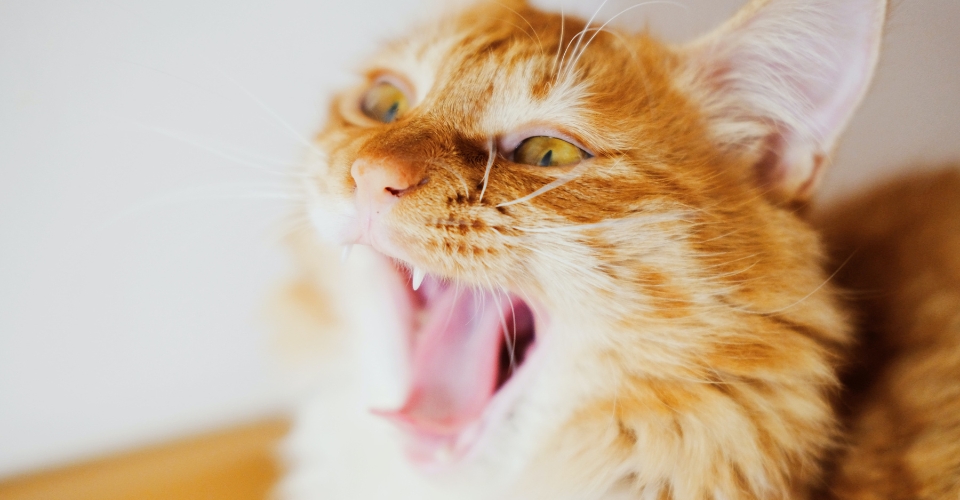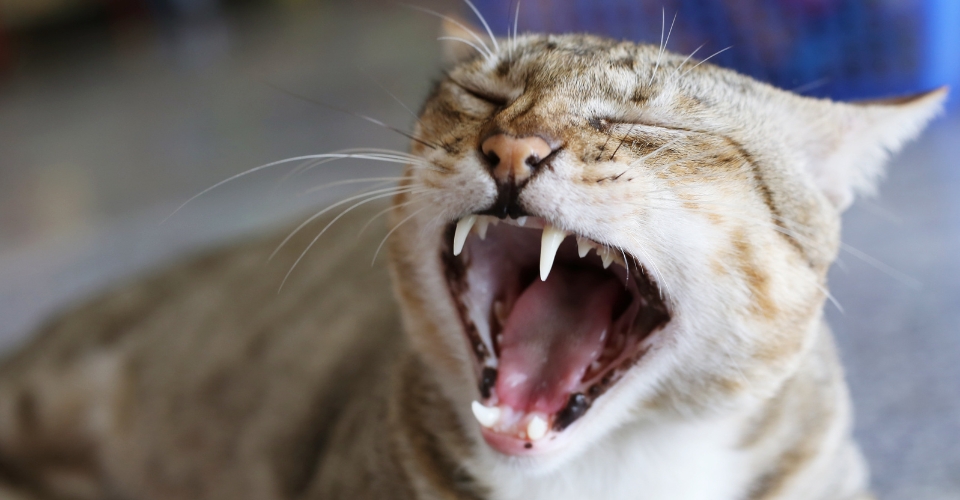Cats are mysterious creatures, and their tails are one of their most intriguing features. Some cats seem to do nothing if their tails are petted, while others will swish them away at the slightest touch. So, what is the deal? Do cats like their tails touched or not?
Read the lines below to find out.
Do Cats Like Their Tails Touched?
In general, cats do not appreciate having their tails touched. This is because a cat’s tail is a highly sensitive part of its body that contains many nerve endings, making it a vulnerable area. Due to this sensitivity, cats may naturally feel protective of their tails and may anticipate pain if someone touches them without their permission.
However, whether or not a cat enjoys having its tail touched may also depend on its relationship with the person doing the touching. If a cat trusts and feels comfortable with their human companion, it may allow them to touch or even play with its tail without issue. Building trust is crucial when it comes to handling a cat’s tail.
Why Do Not Cats Like Their Tails Touched? Reasons Explained
1. Sensitivity
Cat tails are very sensitive parts of their bodies since they are made of various ligaments, tendons, and nerves. Moreover, it is an extension of the spine, meaning thereby that even low-intensity pain can become intolerable. Due to delicate joints and muscle placements, the tail can also easily get fractured. This naturally makes our feline pals very protective of their tails. Though the tail is there to serve several other purposes, only nature knows why it has made it so sensitive!
Cat Tail Language
Cats use their tails as a means of communication.A wagging tail can indicate excitement, while a fluffed-up tail is a sign of fear or aggression. Therefore, it is crucial to pay attention to a cat’s body language before attempting to touch it.
2. Mental Stress
Due to the vulnerability of the tails, touching them can easily scare a cat which can cause stress and anxiety. If a cat has any past trauma associated with tail pain, she will be disgusted by the idea of someone’s hands touching it. This is all about feeling safe and a reaction to any perceived threat. No matter a cat’s history, we should respect this red line.
Furthermore, cats are known to be creatures of habit. They get used to a routine and might be stressed by anything that interrupts it. If a cat has developed a habit of not being touched, she will be stressed out by any attempt to touch her tail. This stress can cause long-term negative effects on a cat’s mental health, including anxiety and depression.
3. Injury
Injuries can add to the sensitivity of the tail. If there is any sort of wound on the tail, it will get super sensitive. However, the tail is not alone in case of injury. Touching any part with injuries can lead to a cat reacting aggressively. Sometimes, injuries are not visible, and you might unknowingly touch your cat’s tail, and your cat will resort to a hyper-reaction. If you think your cat’s tail is injured, you need to get a vet in the loop.
How to Groom a Cat’s Tail?
Use a comb to remove any tangles or mats in the fur gently. Start at the base of the tail and comb outwards towards the tip, being careful not to pull or tug on the fur. If you encounter any mats or tangles, use a pair of scissors to carefully cut them out. Be sure to keep your hand under the tail to support it while you work.
It is important to note that cats have a natural aversion to being held down or restrained. Therefore, grooming the tail in a way that allows the cat to feel in control is essential. Try to avoid holding the tail in a tight grip or forcing it into an uncomfortable position.
If your cat is particularly sensitive about her tail, you may need to work on desensitizing her to touch over time. This can be done by gradually introducing gentle touches to the tail and rewarding your cat with treats and praise when she tolerates it. Start with brief touches and gradually increase the duration and intensity of the touch as your cat becomes more comfortable.
Conclusion: Do Cats Like Their Tails Touched?
While some cats enjoy having their tails touched, most cats do not appreciate tail toches due to the sensitivity of their tails. It is essential to pay attention to a cat’s body language and be respectful of its boundaries when interacting with them.
If you love petting cats, know that head, chin, and neck are where cats like to be petted.
Grooming a cat’s tail can be done by using a comb to gently remove tangles or mats, being sure to avoid holding the tail in a tight grip or forcing it into an uncomfortable position. It is crucial to build trust with a cat over time and to gradually desensitize them to touch if they are sensitive about their tail. Remember, if you encounter a stray cat, respect their space and avoid touching their tail. Understanding cats’ body language and respecting their boundaries is crucial to developing a positive and healthy relationship with them.





